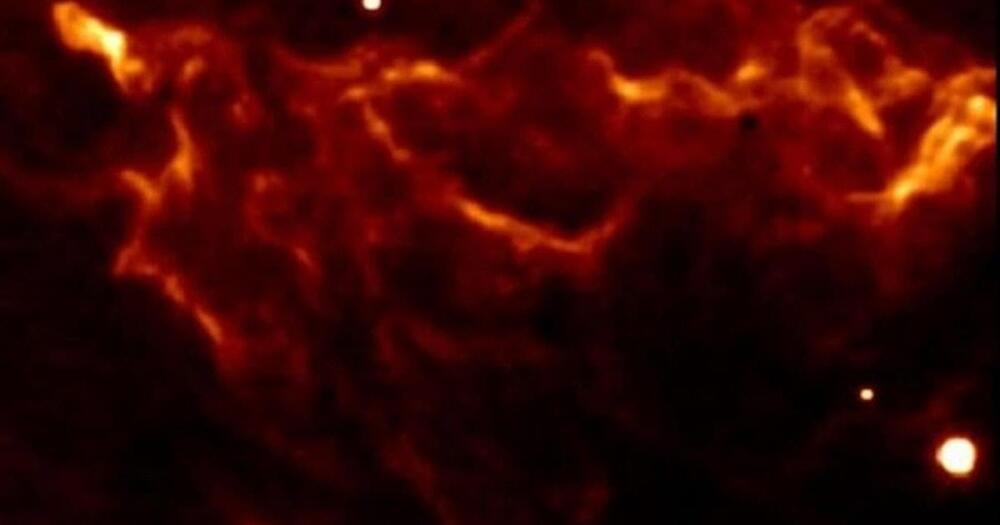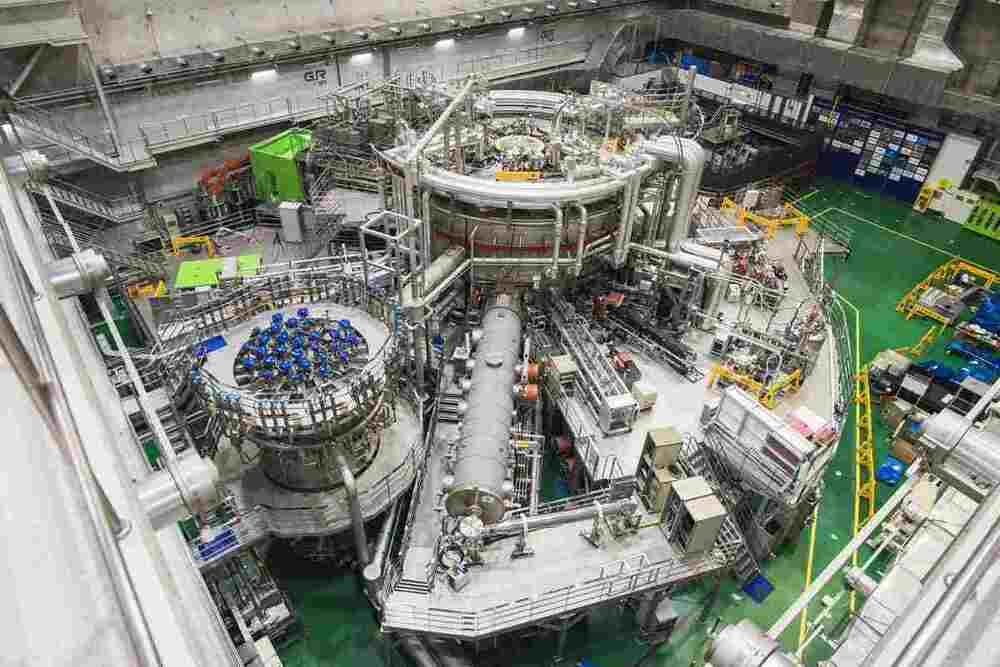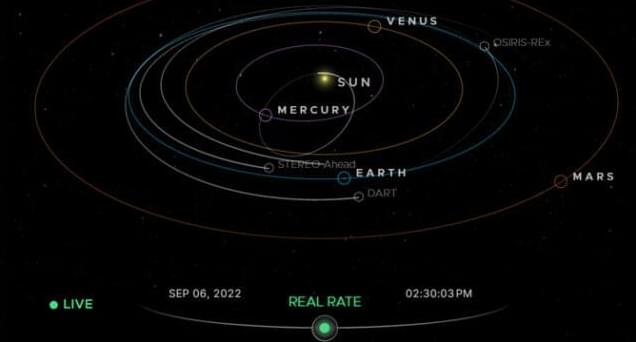Tiny machines that deliver therapeutic payloads to precise locations in the body are the stuff of science fiction. But some researchers are trying to turn them into a clinical reality.
Get the latest international news and world events from around the world.

Researchers Demonstrate Brainwave Synchronization Without Physical Presence
Researchers demonstrated that the brains of people playing an online game together were synchronized without physical presence.
Online gaming and other types of online social interaction have become increasingly popular during the COVID pandemic. This trend is likely to continue due to increased remote working and investments in social technology.
Previous research has shown that people’s brains activate in a similar and simultaneous way during social interaction. Such inter-brain neural synchronization has been associated with empathy and cooperation in face-to-face situations. However, its role in online, remote interaction has remained unknown.

New lensless camera creates 3D images from a single exposure
Researchers have developed a camera that uses a thin microlens array and new image processing algorithms to capture 3D information about objects in a scene with a single exposure. The camera could be useful for a variety of applications such as industrial part inspection, gesture recognition and collecting data for 3D display systems.
“We consider our camera lensless because it replaces the bulk lenses used in conventional cameras with a thin, lightweight microlens array made of flexible polymer,” said research team leader Weijian Yang from the University of California, Davis. “Because each microlens can observe objects from different viewing angles, it can accomplish complex imaging tasks such as acquiring 3D information from objects partially obscured by objects closer to the camera.”
In the journal Optics Express, Yang and first author Feng Tian, a doctoral student in Yang’s lab, describe the new 3D camera. Because the camera learns from existing data how to digitally reconstruct a 3D scene, it can produce 3D images in real time.
The Horrible Truth About Consciousness | Blindsight
In this video we discuss The Blindsight by Peter Watts. It is a Science Fiction book about mankind’s first contact with alien life!
My New Sci-Fi Comic: https://www.quinnhoward.net/theliebehindthestar.
Art: https://docs.google.com/document/d/1rWiriwUewTnuuul0ZT4N4eV2…sp=sharing.
Music: https://www.youtube.com/watch?v=F3GvHMd_OJs.
FOLLOW QUINN ON TWITTER: Twitter: https://twitter.com/IDEASOFICE_FIRE
Three-Body Playlist: https://youtube.com/playlist?list=PLRXGGVBzHLUfIzEhovpQJ2ENiNvJoOD2A


A low-cost, viable solution for self-driving cars to spot hacked GPS
A lot of hurdles remain before the emerging technology of self-driving personal and commercial vehicles is common, but transportation researchers at The University of Alabama developed a promising, inexpensive system to overcome one challenge: GPS hacking that can send a self-driving vehicle to the wrong destination.
Initial research shows a self-driving vehicle can use already installed sensors to detect traveling the wrong route when passengers are unaware of the change, thwarting an attempt to spoof the GPS signal to the vehicle, according to findings outlined in recently published papers in the IEEE Transactions on Intelligent Transportation Systems and Transportation Research Record: Journal of the Transportation Research Board.
Relying on software code and in-vehicle sensors already part of the self-driving system would be cheaper for consumer and commercial vehicles to deny the hacked directions used to steer cargo or people away from their intended destination, said Dr. Mizanur Rahman, assistant professor of civil, construction and environmental engineering and affiliate researcher with the Alabama Transportation Institute.


NASA’s Revamped Eyes on the Solar System Lets You Explore Space in Your Browser
NASA released an impressive desktop app some years back called “NASA’s Eyes Visualization,” which allowed you to check out the solar system, along with all the spacecraft exploring it. But who installs programs anymore? It graduated to the web recently, and now it has an updated interface and tools. Simply head to the “Eyes on the Solar System” site on your device of choice, and start exploring.
The main interface of the new site is simply the orbits of the planets, color-coded with highlights to show you their current positions. The layout is accurate for the current time, but you can use either buttons or the slider at the bottom to speed up or reverse time. It goes as high or as low as three years per second. You have to figure this revamp was supposed to coincide with NASA’s Artemis program, but that’s taking a bit longer than expected to get off the ground.
In addition to the clickable overview of the solar system, there are several suggested “points of interest” on the side of the screen. These are all along the same lines as the Eyes on the Solar System engine, but some (like the Perseverance landing simulation) load on a separate page.
Ben Goertzel on AGI (Whole Brain Emulation & AI Safety)
March 2019 Workshop

Your head will spin after reading what Stephen Hawking thought about the multiverse!
The concept or idea of a multiverse fascinates physicists’ as much as sci-fi fans, but if science was able to prove it exists, could every type of universe within it actually be predicted? The late Stephen Hawking believed there was a way to shed light on this strangest cosmic mystery.
Hawking’s final paper, published in the journal High-Energy Physics revisits one of his earlier (and no less mind-blowing) theories. The “no-boundary proposal” considers Einstein’s suggestion that the pre-Big Bang universe was a singularity, an extremely dense and hot micro-speck of matter where the laws of physics didn’t apply. Hawking speculated that time as we know it was nonexistent in this singularity, which had no beginning and no end—infinite and spherical rather than finite and linear. The embryonic universe is thought to have expanded rapidly and spawned parallel worlds during a period known as cosmic inflation.